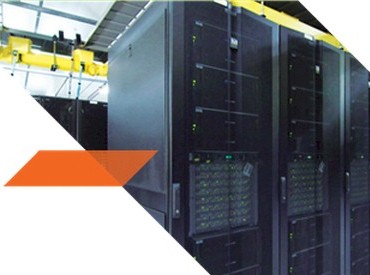AMD Gearing Up for ARM-SeaMicro Assault in 2014

Chip maker Advanced Micro Devices confirmed this week that it is on track to get its first samples of its "Seattle" ARM processor back from its foundry partner in the first quarter of next year, and is looking for the combination of the Seattle chips plus the Freedom interconnect from its SeaMicro microservers to give it a lever to pry open the doors of datacenters around the globe.
In a conference call with Wall Street analysts to go over AMD's financial results for the third quarter, Lisa Su, general manager of AMD's Global Business Unit, said that the big win that AMD had with Verizon, which is building its next-generation public cloud on customized SeaMicro machines, was two years in the making and that the company was seeing its pipeline of opportunities grow as datacenter operators were trying to cram more cores into the same space and use less electricity to run workloads. She said that the Seattle ARM chip, which is a 64-bit design based on ARM's Cortex-A57 design, was sampling on schedule. When pressed about when the chip would actually end up inside of the SeaMicro machines, making use of the Freedom interconnect to lash at least dozens and perhaps hundreds of processor sockets together into a fabric, all Su said was "you will see that in 2014."
It would be better for AMD, of course, if it was first out the door with a 64-bit ARM chip aimed at servers, but it has an advantage over Applied Micro, Cavium, Calxeda, and others who may enter the fold such as Samsung. AMD is a server maker in its own right, and as soon as the Seattle chips are ready, it can put them onto SeaMicro cards and shipped finished product. All of the other vendors have to wait until one of the server OEMs, ODMs working for a big hyperscale datacenter operator, or the Open Compute Project picks up their chips and designs machines around them. But this cuts both ways, because the server makers view AMD as a competitor as well as a chip, chipset, and interconnect supplier.
While AMD is looking ahead to a rebound in its Computing Solutions group, driven by server component and whole system sales, its PC chip business is still a bit of a drag. In the quarter ended on September 28, revenues for the Computing Solutions group were $790 million, down 14.8 percent. The good news is that even with that revenue decline, Computing Solutions swung to a $22 million operating profit from a $114 million operating loss a year ago. Thanks to its game console wins with Microsoft and Sony, who are making their new machines for the holiday season, the Graphics and Visual Solutions Group more than doubled sales to $671 million; operating income quadrupled to $79 million. Total sales came in at $1.46 billion, up 25.8 percent, and AMD posted a net income of $48 million compared to a $157 million loss in the year-ago period.
AMD has $1.2 billion in the bank, and wants to take another run at the datacenter. And this time, it is aiming at the hyperscale datacenters that EnterpriseTech is keen on understanding.











